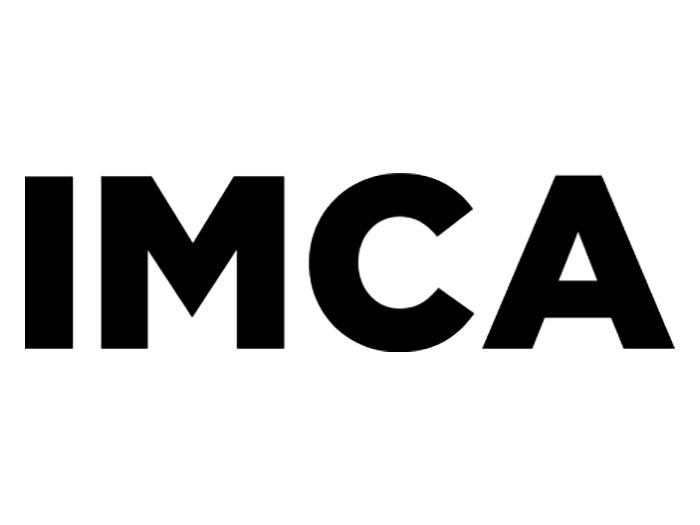How AXA XL Is Approaching Insurance Talent Recruitment and Retention
The insurance industry is expected to lose approximately 400,000 workers by 2026, placing pressure on industry leaders to retain talent longer as well as find and invest in new talent.
To best position the next generation of insurance and risk management professionals for success, organizations need to enhance their approach to assessing and nurturing fresh talent. Among their endeavors to attract and retain talent, industry leaders must not overlook the potential of recent graduates or the return on investing in their professional development.
Appealing to the Next Generation
Before insurance hiring managers can assess their next generation of professionals, they need to make them aware of our industry’s opportunities and appeal to their career development needs.
Industry partnerships can be an effective way to build purposeful talent pipelines and broaden an organization’s reach. For example, AXA XL’s involvement with Gamma Iota Sigma (GIS) — a collegiate organization for students interested in risk management, actuarial science and insurance careers — has been instrumental in feeding an effective talent pipeline of emerging professionals with an emphasis on diversity and inclusion initiatives. Such partnerships can help an organization identify talent to whom they would otherwise not have access.
While getting young professionals interested in insurance or risk management is one piece of the puzzle, organizations must also demonstrate how they will develop and retain them. Consider the following ways insurance and risk management organizations can better engage with and nurture young talent:
- Offer structured internship programs or entry-level positions with opportunities for mentorship, training and professional development that recognize diverse skills and perspectives.
- Provide clear pathways for career progression and advancement, highlighting the potential for growth and development within an organization.
- Foster a culture of innovation and collaboration that encourages young talent to contribute their ideas while also recognizing the importance of creativity, adaptability and critical thinking to drive innovation and shape the future of the industry.
- Create networking opportunities and platforms for young professionals to connect with both their peers as well as senior leaders and industry experts.
- Offer competitive total reward packages and flexible work arrangements.
- Encourage young talent to participate in training programs and workshops focused on emerging technologies like generative AI.
- Create partnerships with industry organizations. For example, GIS provides opportunities to connect with students actively pursuing industry careers, while its philanthropic arm, the Gamma Iota Sigma Foundation, ensures equitable access by supporting those in underrepresented communities, ultimately expanding its reach to prospective talent.
Shifting Our Approach to Young Talent
The insurance and risk management industry has made considerable strides in recruiting and harnessing the potential of young talent, but there is still work to be done.
Too often, hiring managers restrain the organization’s hiring potential by adhering to rigid (and possibly dated) hiring criteria limited to candidates with a risk management, insurance or business degree, or similar academic background.
As a result, insurance organizations are closing themselves off to candidates with nontraditional degrees or nascent industry experience, restricting their ability to innovate and adapt in an increasingly dynamic and competitive market.
When assessing recent graduates, hiring managers in insurance and risk management should focus on the following elements.
- Educational background: Evaluate the relevance of a candidate’s degree program to the role and industry, considering prospects with nontraditional degrees or even no degrees who may bring diverse perspectives and skills to the organization.
- Internships or work experience: Assess a candidate’s practical experience and transferable skills gained through internships, volunteer work or part-time jobs. In some cases, an after-school job can be an outstanding indicator of a student’s work ethic and grit.
- Skills and competencies: Identify key skills and competencies required for a specific role, including critical people skills such as communication, collaboration, problem-solving, adaptability and creativity. Technical skills can be taught, while people skills are essential for success in any role.
- Culture: Objectively consider whether a candidate’s values, attitudes and work style align with the organization’s culture and values. Be sure to recognize the value of diverse thought and perspectives as well. Candidates need to be able to articulate their value proposition and identify how it aligns with the organization’s.
- Professional and student association involvement: Look for candidates who have demonstrated proactive involvement in relevant professional or academic associations, extracurricular activities or community initiatives. Being an active participant in networking and learning opportunities is the best way for students to set themselves apart from their peers. Students from GIS, for example, have the opportunity to invest in soft skills like relationship-building with key talent and decision-makers in the insurance industry. As a result, GIS students enter the workforce comfortable engaging with insurance personnel, clients and the insurance process as a whole.
- Problem-solving abilities: Evaluate a candidate’s ability to analyze complex problems, think critically and develop creative solutions, with emphasis on the importance of a growth mindset. Students should be able to demonstrate their problem-solving abilities through school examples or real-life experience.
- Adaptability and learning agility: Assess a candidate’s willingness and ability to learn, adapt to new challenges and embrace change.
- Potential for development: Consider a candidate’s long-term potential, ambition and capacity for development. It is important to recognize the strengths and unique contributions of neurodiverse individuals who may possess valuable skills and perspectives. Look for candidates who have a curiosity about emerging technologies like generative AI, as these individuals may be well-positioned to drive innovation and contribute to the organization’s success in the long term.
The next generation of talent has a world of diverse skills to offer the insurance industry. These individuals are the industry’s future for perpetuating innovation and making operational improvements, but they must be given a chance to be part of the industry first.
As talent struggles ebb and flow in the insurance and risk management industry, hiring managers should never underestimate the potential of all candidates and how their diverse skill sets and varying experiences can help manifest a more innovative industry. &










